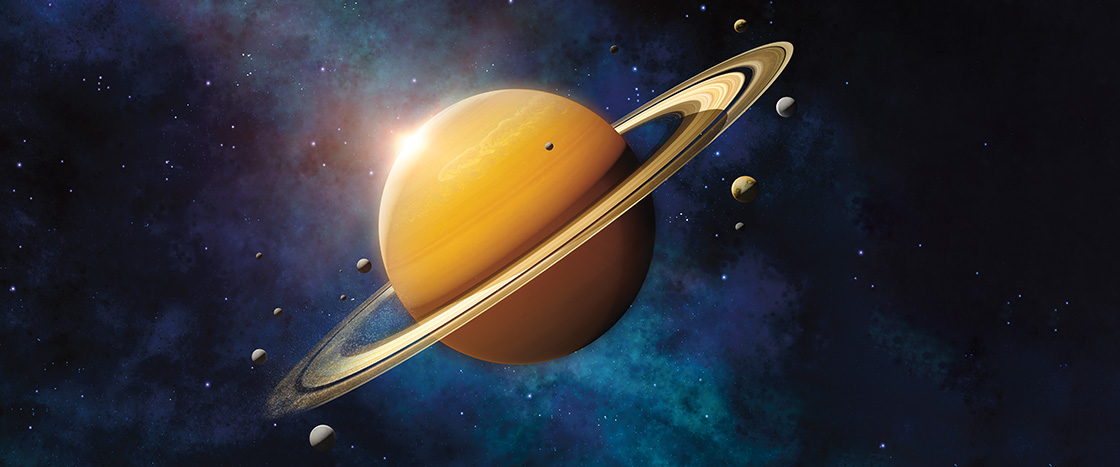Saturn is known for its wide, bold rings. They may look solid, but they’re actually made of tiny pieces of ice and dust that orbit, or circle, the planet. Scientists recently learned that Saturn won’t have these famous rings forever!
Why? Over time, the bits of material that make up the rings are falling out of orbit. Saturn’s gravity pulls the material down into its atmosphere. Scientists first spotted this “ring rain” in the 1980s.
A space probe called Cassini studied Saturn from 1997 to 2017. According to data collected by Cassini, up to 10,000 kilograms (22,000 pounds) of ring rain falls every second. “That’s about 150 elephants’ worth every minute,” says Kelly Miller, a scientist who studies the chemistry of space.
So will Saturn lose its rings in our lifetime? Definitely not. Scientists expect the rings will still exist for another few hundred million years!

